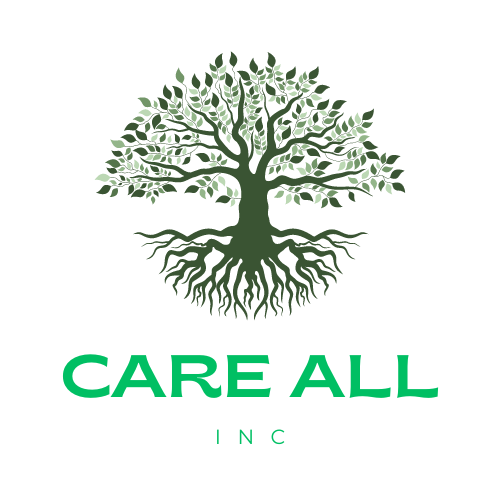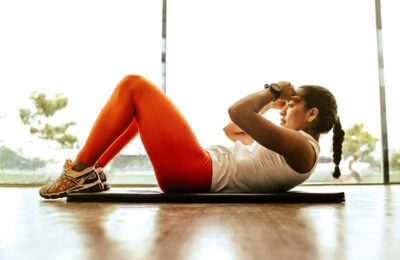In the competitive world of sports, athletes are always on the lookout for ways to improve performance and speed up recovery. Amidst various recovery techniques, massage therapy has emerged as a reliable method to support athletes on their road to recovery.
This blog post aims to shed light on the role of massage therapy in sports recovery, its benefits, and how it can significantly enhance athletic performance.
By the end of this article, readers will understand how incorporating therapy into their routine can make a substantial difference in their overall sports recovery process.
Understanding Sports Recovery
Understanding sports recovery is crucial for enhancing athletic performance. After intense physical activity, the body needs time to repair muscle fibers, replenish energy stores, and eliminate metabolic waste.
Proper recovery methods ensure that athletes can continue to train and perform at their best without risking injury or burnout. Here are some essential recovery techniques:
- Hydration: Replenishes lost fluids and maintains optimal body function.
- Nutrition: Provides the necessary nutrients for muscle repair and energy restoration.
- Rest: Allows muscles to heal and grow stronger.
- Massage Therapy: Enhances blood circulation, reduces muscle tension, and accelerates recovery.
Athletes who prioritize these recovery methods are more likely to maintain consistent training schedules and achieve their performance goals.
Neglecting recovery, on the other hand, can lead to overtraining, increased risk of injury, and decreased performance. By incorporating a comprehensive approach to recovery, athletes can significantly improve their overall well-being and athletic performance.
What is Massage Therapy?
Massage therapy involves the manipulation of soft tissues, including muscles, tendons, and ligaments, to improve health and well-being.
There are various types of therapy, each with its unique techniques and benefits. In the context of sports recovery, certain types of therapy are particularly effective in addressing the needs of athletes.
Types of Massage Therapy
Several types of massage therapy can benefit athletes, including:
- Swedish Massage: A gentle massage that promotes relaxation and circulation.
- Deep Tissue Massage: Targets deeper muscle layers to relieve tension and knots.
- Sports Massage: Specifically designed for athletes, focusing on areas of the body that are overused and stressed from repetitive movements.
The Role of a Massage Therapist
A professional massage therapist is trained to understand the needs of athletes and tailor their techniques accordingly. They can identify problem areas, apply the appropriate pressure, and use specific techniques to address issues related to sports performance and recovery.
Benefits of Massage Therapy for Athletes
Massage therapy offers numerous benefits for athletes, ranging from physical to psychological advantages. These benefits contribute to improved performance and faster recovery times, making massage a valuable addition to any athlete’s routine.
Physical Benefits
- Enhanced Circulation: Massage increases blood flow to muscles, delivering essential nutrients and oxygen while removing metabolic waste.
- Reduced Muscle Soreness: Regular massages can alleviate delayed onset muscle soreness (DOMS), allowing athletes to return to training more quickly.
- Improved Flexibility: Massage helps elongate muscles and improve joint flexibility, reducing the risk of injuries.
Psychological Benefits
- Stress Reduction: The calming effects of massage therapy can reduce stress and anxiety, promoting mental clarity and focus.
- Better Sleep: Enhanced relaxation and reduced muscle tension can lead to improved sleep quality, which is vital for recovery.
- Increased Confidence: Knowing they are taking proactive steps toward recovery can boost an athlete’s confidence and overall mental well-being.
How Massage Therapy Enhances Athletic Performance
Incorporating massage into an athlete’s routine can significantly enhance their performance. By addressing both physical and psychological aspects of recovery, massage therapy prepares athletes to train harder and compete better.
Pre-Event Benefits
Before a competition or intense training session, massage therapy can:
- Warm-Up Muscles: Gentle massage techniques can prepare muscles for exertion, reducing the risk of strains.
- Improve Range of Motion: Enhanced flexibility and joint mobility can lead to better performance.
- Reduce Nervousness: The calming effects of massage can help athletes maintain focus and composure.
Post-Event Benefits
After a competition or strenuous workout, massage therapy can:
- Speed-Up Recovery: Increased circulation and reduced muscle soreness facilitate faster recovery times.
- Prevent Injuries: Addressing muscle imbalances and tightness reduces the likelihood of injuries.
- Maintain Peak Condition: Regular massage helps maintain muscle health and overall physical condition.
Incorporating Massage Therapy into Your Routine
To reap the full benefits of massage, athletes should incorporate it into their regular training and recovery routines. This involves understanding when and how to use massage therapy effectively.
Creating a Schedule
- Regular Sessions: Schedule regular massage sessions, such as weekly or bi-weekly, to maintain muscle health and prevent injuries.
- Pre-Event Massages: Plan a lighter massage session before competitions or intense training to warm up muscles and reduce anxiety.
- Post-Event Massages: Schedule a deeper massage session after events to address muscle soreness and promote recovery.
Self-Massage Techniques
In addition to professional massage, athletes can benefit from self-massage techniques using tools like foam rollers and massage balls. These techniques can be used to target specific areas of tension and complement regular massage therapy sessions.
Finding a Qualified Massage Therapist
To ensure the best results, athletes should seek out qualified massage therapists with experience in sports massage. Here are some tips for finding the right therapist:
Research and Referrals
- Research Online: Look for therapists with positive reviews and credentials in sports massage.
- Ask for Referrals: Seek recommendations from fellow athletes, coaches, or healthcare providers.
Interview and Trial
- Interview Potential Therapists: Ask about their experience with athletes and their approach to sports massage.
- Schedule a Trial Session: Evaluate their techniques and compatibility with your needs during a trial session.
Conclusion
Massage therapy plays a vital role in sports recovery and enhancing athletic performance. By improving circulation, reducing muscle soreness, and promoting mental well-being, massage helps athletes recover faster and perform better.
Incorporating regular massage sessions into your routine, along with self-massage techniques, can make a significant difference in your overall recovery process.
For those looking to take their recovery to the next level, click here to explore recommended massage therapists and start your journey toward improved sports recovery today.






